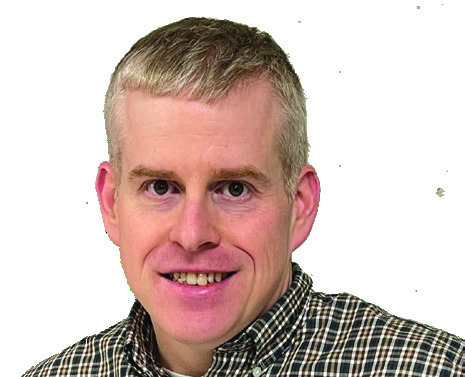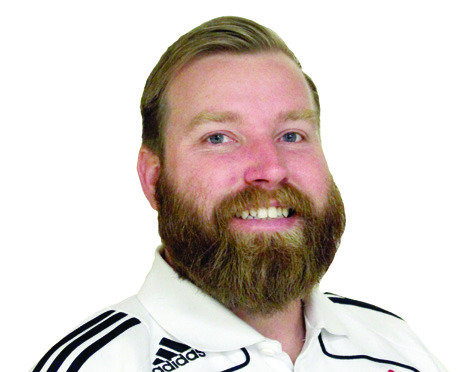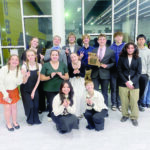Traveling west of Cassville on Highway 86 next to the power substation lies a monument that visitors often mistake for a gravestone and will inquire, “Who’s buried over there?”
However, this monument does not mark a family cemetery or private burial location but rather honors the former KAMO Electric Cooperative President “Uncle” John Hobbs who was instrumental in REA electrification efforts in the area during the 1940s and 50s.
Hobbs was born in England in 1866 came to the United States at the age of twenty, settling in Crawford County, Ark., where he died in 1957. Having a prominent monument to someone who never lived in Barry County always seemed a bit strange to me, but if we were to have a monument, one to somebody who improved the lives of every person in the region by pioneering electrical distribution systems seems appropriate.
Likewise, the other memorable monument in the area is the one erected for Dr. Thomas Sayman at Roaring River State Park in appreciation for gifting the park to the state of Missouri in 1928. But, neither of these monuments were really made by the residents of the county, with the Hobbs monument placed by the electric cooperative, and the Sayman monument by the state.
Most of the other local memorials seem to be buildings and parks named after educators, politicians, or soldiers. There’s the Rocky Edmondson Park in Cassville, renamed after the Cassville High School graduate whose plane was shot down over Vietnam in 1966. Cassville also has the J.C. Duncan gymnasium named for the longtime coach, but the building is still called the “Rock Gym” by most locally.
There’s the Eunice Thomas Elementary School. Butterfield-raised Wanda Gray also had an elementary school in Springfield named after her. Roaring River has the Emory Melton Inn and Conference Center, named for the late state Senator.
The Exeter school gym was named after superintendent John Beattie who was killed along with his son in an automobile wreck in 1966 during the facility’s construction. The former American Legion building was named Irwin-Easley after fallen World War I soldiers Hal Angus Irwin and Green Easley.
Many of the buildings around the Cassville Square have the name of the constructer at the top, such as Horine and Frost. These seem to be monuments to oneself, which is perhaps the best way to ensure your name is immortalized.
Building your own monument rather than relying on others to do it for you has a very pull yourself up by your own bootstraps connotation prevalent with the American spirt. Fairview native and former Cassville teacher John Q. Hammons epitomized this belief, leaving his mark on many buildings in Springfield and the surrounding area.
But, since buildings change hands, are torn down or destroyed by weather and fire, a name on a building appears no more durable than the person, both subject to their season. Nevertheless, thrifty Ozarkers would probably prefer something practical like renaming a building or bridge that already exists as the most economical way of memorializing an honored person.
Other than gravestones, the true memorial of an Ozarker is the family they leave behind and those who remember them kindly.
I think most people would rather be remembered by grandchildren than strangers wondering by a stone on the side of the road.
Jeremiah Buntin is a historian at the Barry County Museum. He may be reached at jbuntin@barrycomuseum. org.






